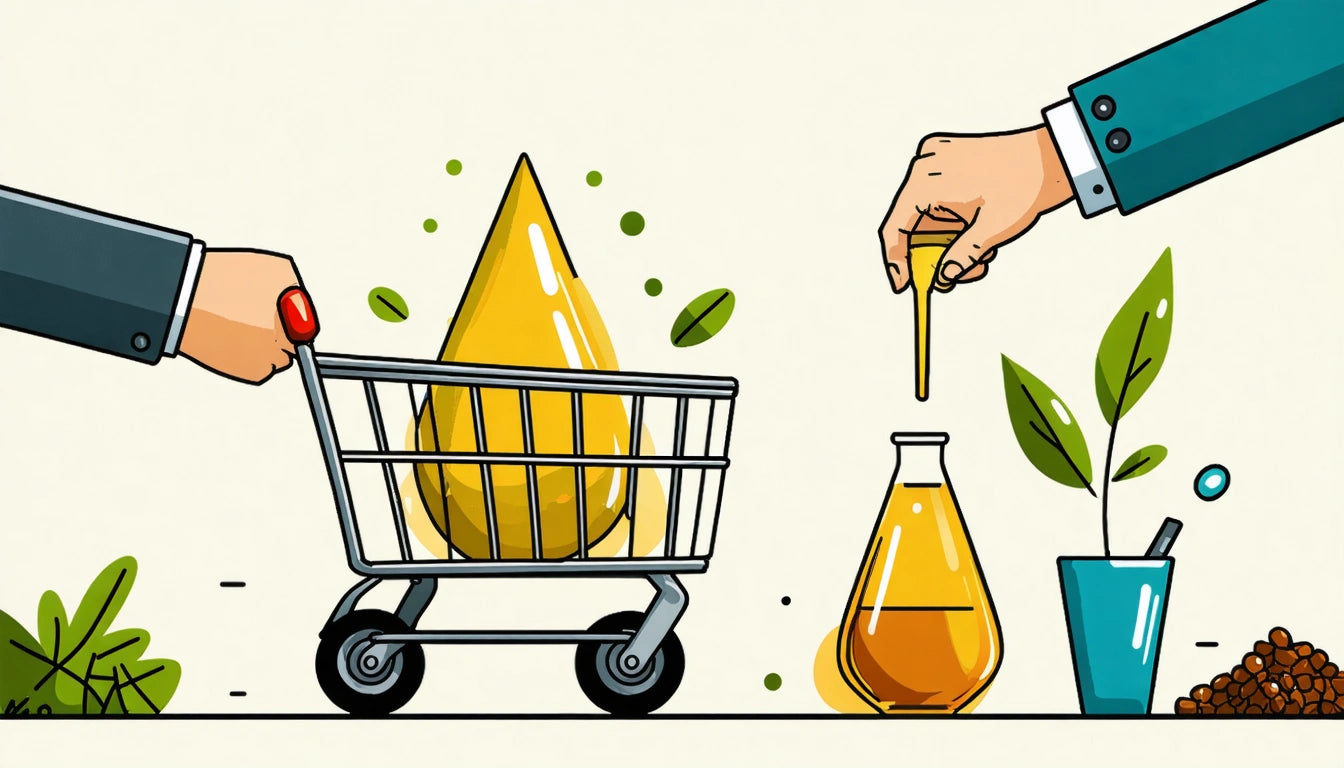How to Identify Fake Vape Carts: A Comprehensive Guide
The cannabis vape market has expanded rapidly, but with growth comes an influx of counterfeit products that pose serious health risks. Learning how to tell if a cart is fake is essential for both consumers and industry professionals. This guide provides detailed insights into spotting counterfeit vape cartridges and protecting yourself from potentially harmful products.
Understanding the Risks of Fake Vape Carts
Counterfeit vape cartridges often contain harmful substances including pesticides, heavy metals, cutting agents like vitamin E acetate, and synthetic cannabinoids. These contaminants have been linked to serious health conditions including EVALI (e-cigarette or vaping product use-associated lung injury). According to research on laced vape carts, these fake products may contain dangerous additives that can cause immediate adverse reactions or long-term health damage.
Examining Packaging and Branding
One of the first steps in learning how to know if your cart is fake is carefully examining the packaging:
1. Quality of Packaging
Legitimate brands invest in high-quality packaging with:
- Clear, professional printing without spelling errors
- Consistent color matching across packaging elements
- Proper sealing and tamper-evident features
- Sturdy construction without cheap materials
2. Required Information
Authentic products must include:
- Batch numbers and manufacturing dates
- Lab testing information or QR codes linking to results
- THC/CBD percentages and cannabinoid profiles
- State-mandated warning labels and symbols
- Manufacturer contact information
As detailed in this guide on identifying real vs fake carts, counterfeit packaging often lacks these required elements or presents them inconsistently.
Hardware Quality Indicators
Learning how to spot a fake cart often involves examining the hardware components:
1. Cart Construction
Legitimate cartridges feature:
- Solid construction without loose parts
- Consistent threading that connects properly to batteries
- High-quality glass or ceramic (not plastic)
- Even, professional-looking coil systems
2. Brand Authentication
Many legitimate manufacturers include:
- Engraved logos (not stickers) on the cartridge itself
- Serial numbers on hardware components
- Specific design elements unique to the brand
For specific brands, guides on identifying authentic cartridges can provide brand-specific indicators to verify authenticity.
Oil Quality and Appearance
The oil itself provides valuable clues when determining how to tell if a cart is real:
1. Viscosity and Movement
Quality cannabis oil:
- Moves slowly when the cartridge is turned upside down
- Has consistent thickness throughout
- Does not separate into layers
2. Color and Clarity
Legitimate oils typically:
- Range from light amber to darker gold (depending on extraction method)
- Maintain consistent coloration
- Appear clear without cloudiness or floating particles
According to resources on vape cart composition, oil quality is directly related to the extraction and filling processes. Professional manufacturers use precision filling equipment to ensure consistent quality and prevent contamination during the production process.
Price and Source Red Flags
When learning how to know if a cart is fake, consider these market indicators:
1. Price Discrepancies
Be suspicious of:
- Prices significantly below market average
- Bulk deals that seem too good to be true
- Dramatic price variations between retailers
2. Distribution Channels
Legitimate products are sold through:
- Licensed dispensaries with proper documentation
- Verified delivery services in legal markets
- Manufacturers' direct channels where applicable
Unauthorized dealers, social media sellers, and unlicensed pop-up shops frequently sell counterfeit products, as noted in comprehensive guides on fake cart identification.
Verification Methods for Legitimate Products
To definitively know how to tell if your cart is fake, utilize these verification techniques:
1. QR Codes and Verification Systems
Many legitimate brands now include:
- QR codes linking to lab results
- Online verification systems to confirm batch authenticity
- Holographic verification stickers
2. Lab Testing
Consider:
- Checking if lab results match what's printed on packaging
- Verifying the testing lab exists and is accredited
- Confirming cannabinoid percentages match label claims
Understanding cart functionality and usage can also help identify inconsistencies in product performance that might indicate a counterfeit.
Protecting Yourself and Ensuring Authentic Purchases
The most reliable way to avoid fake cartridges is to purchase from licensed, reputable sources. Always research brands before buying, check for verification features, and stay informed about common counterfeits in your area. If you suspect you've purchased a fake cart, do not use it, and report it to both the purported manufacturer and local cannabis regulatory authorities.
By developing a trained eye for the details covered in this guide, you'll be better equipped to identify counterfeit products and protect your health. Remember that no single indicator definitively proves authenticity, but multiple red flags should raise serious concerns about a product's legitimacy.











Leave a comment
All comments are moderated before being published.
This site is protected by hCaptcha and the hCaptcha Privacy Policy and Terms of Service apply.